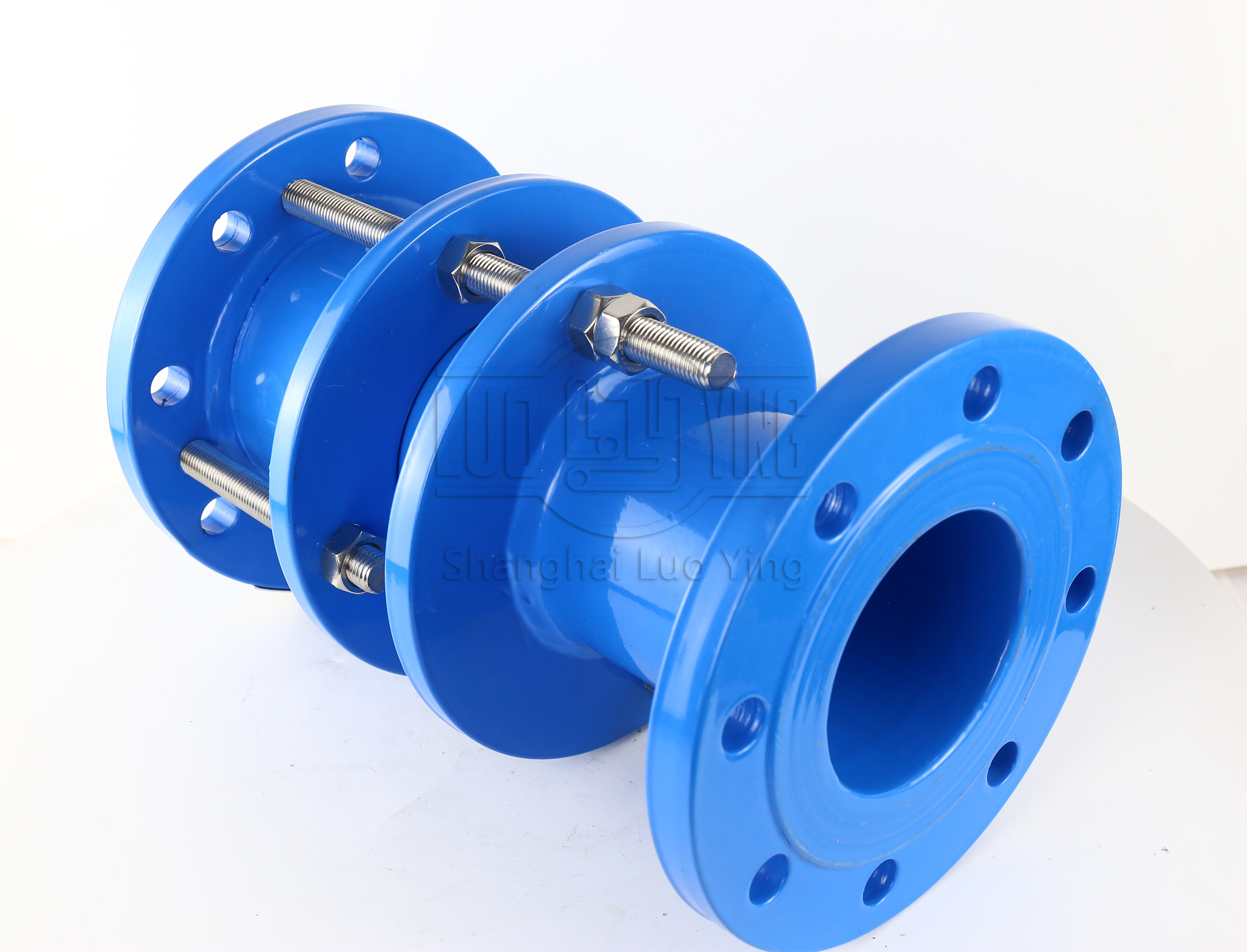What is the relationship between an Expander and a Valve and what does it do?
Sep-23-13
What is the relationship between an Expander and a Valve and what does it do?An expander and a valve are two components commonly found in various industrial applications, particularly in piping systems. While they serve distinct purposes, there is an intrinsic relationship between the two components.
Expander: An expander, also known as an expansion joint or compensator, is a flexible device designed to absorb movements and vibrations in a piping system caused by thermal expansion, contraction, or other dynamic forces. It consists of a flexible bellows-like element, usually made of metal or rubber, that can expand and contract as necessary.
The primary function of an expander is to compensate for the expansion and contraction of pipes due to temperature changes. When a pipe is exposed to high temperatures, it tends to expand, and without any flexibility, this expansion can cause stress on the piping system, leading to potential damage and failure. The expander absorbs the thermal movement, reducing stress on the system and preventing damage.

The Relationship: The relationship between an expander and a valve lies in their complementary functions within a piping system. While the expander compensates for the movement and expansion caused by temperature changes, the valve allows for the controlled flow of fluid or gas.
When a pipe undergoes thermal expansion or contraction, the expander absorbs the movement and alleviates stress on the system, ensuring the pipes remain intact. However, during this process, the flow of fluid or gas within the system may still need to be regulated or controlled. This is where the valve comes into play.
By installing a valve in the piping system, operators can adjust the flow rate or completely shut off the flow when necessary. It provides control over the system and allows for safe and efficient operation. The valve works in conjunction with the expander, providing the necessary flow control while the expander compensates for the expansion and contraction of the pipes.
In conclusion, although an expander and a valve serve different functions within a piping system, they have a complementary relationship. The expander absorbs the thermal movement caused by temperature changes, reducing stress on the system, while the valve allows for the controlled flow of fluid or gas. Together, these components ensure the safe and efficient operation of the piping system by maintaining the integrity of the pipes and providing flow control capabilities.

